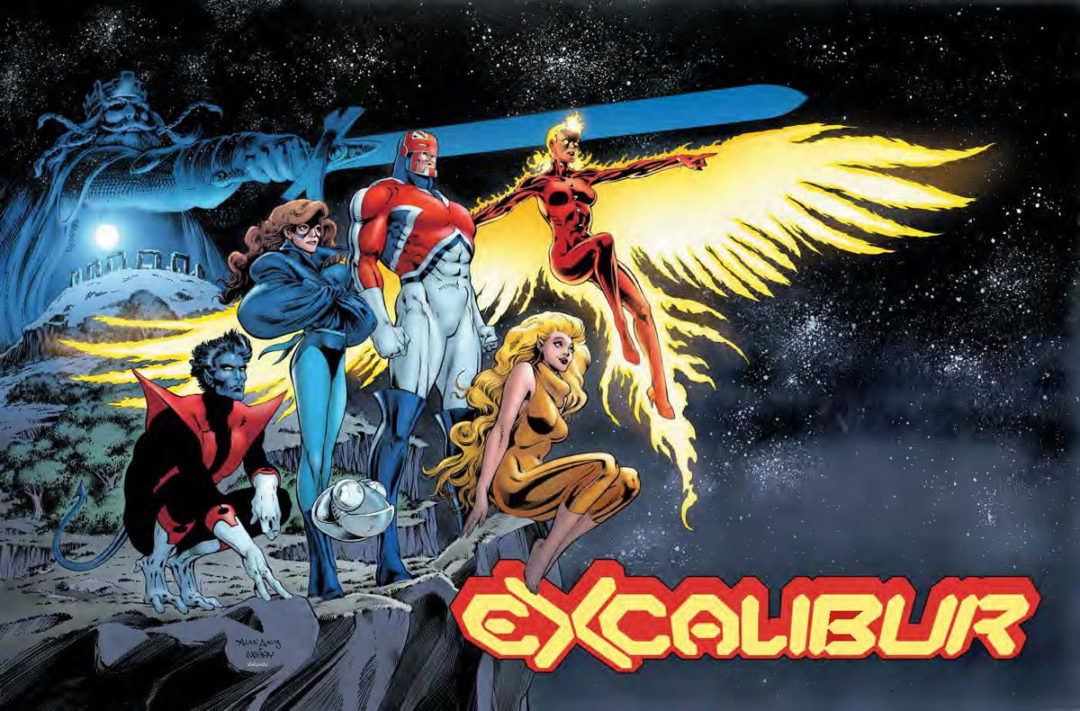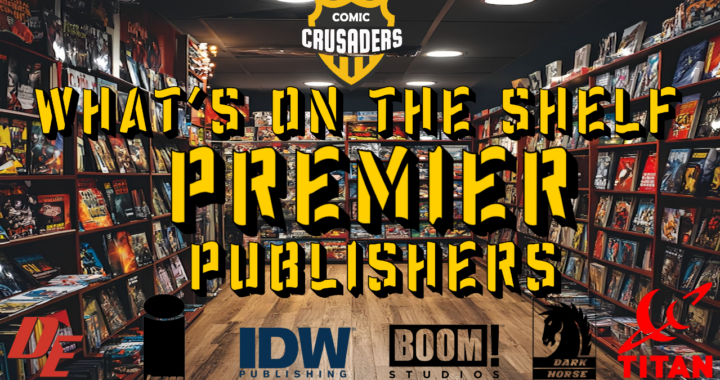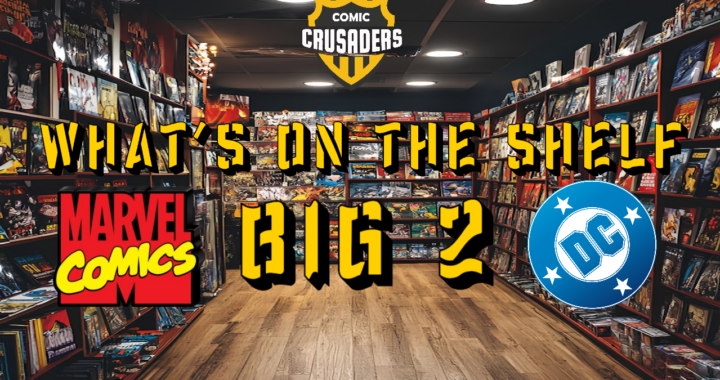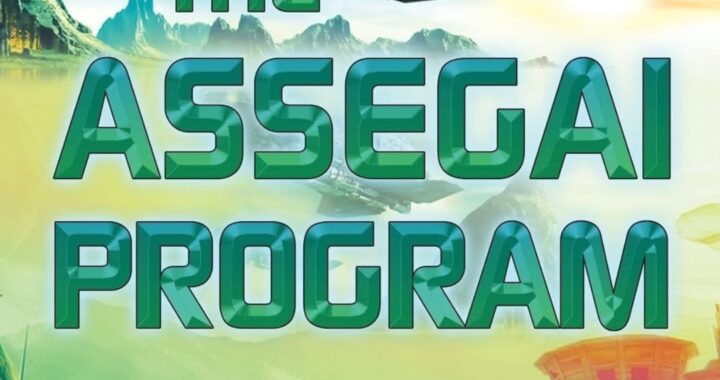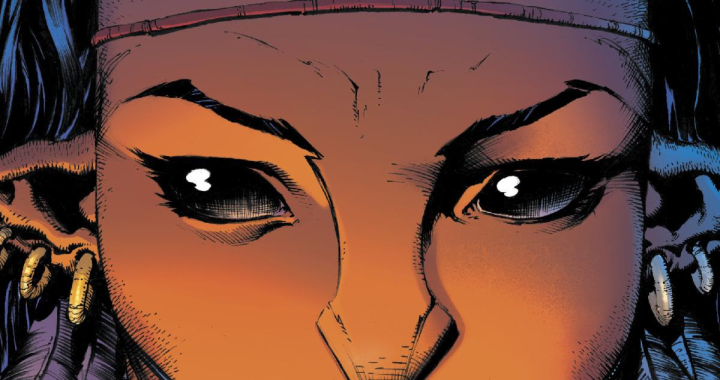
Review: BOX OF BONES #1
 BOX OF BONES, a new graphic novel (in ten parts) created by John Jennings and Ayize Jama Everett (Rosarium Publishing) is a revelation. That might sound cliché given how often reviewers and critics claim that this project or that actor“s performance is a revelation. But BOX OF BONES is a revelation in both senses in which the term is defined in the dictionary. 1) Part One of BOX OF BONES, “The Troubles I“ve Seen”“ presents surprising and (to many readers) previously unknown facts or truths in dramatic (and visually brilliant) ways. And 2) “The Troubles I“ve Seen”“ also discloses elements of the supernatural in human experience. It is literally a revelation and much of its power comes from Jennings and Everett“s unblinking confrontation with the specter of racial violence in American history.
BOX OF BONES, a new graphic novel (in ten parts) created by John Jennings and Ayize Jama Everett (Rosarium Publishing) is a revelation. That might sound cliché given how often reviewers and critics claim that this project or that actor“s performance is a revelation. But BOX OF BONES is a revelation in both senses in which the term is defined in the dictionary. 1) Part One of BOX OF BONES, “The Troubles I“ve Seen”“ presents surprising and (to many readers) previously unknown facts or truths in dramatic (and visually brilliant) ways. And 2) “The Troubles I“ve Seen”“ also discloses elements of the supernatural in human experience. It is literally a revelation and much of its power comes from Jennings and Everett“s unblinking confrontation with the specter of racial violence in American history.
BOX OF BONES“ first installment ”“ “The Troubles I“ve Seen”“ ”“ takes its title from a bluesy Black Gospel standard performed by a who“s who of musical luminaries including Mahalia Jackson, Louis Armstrong, Marian Anderson, and Sam Cooke. The story opens with the book“s protagonist, Lindsay Ford enduring that time-honored crucible of the grad school experience ”“ her oral exam. As she presents and lists the “spectral creatures”“ that have emerged and/or appeared in her research ”“ The Suffering, The Wretched, The Nobody, etc ”“ readers are treated to a glimpse of what is to come and a cursory sense of BOX OF BONES“ central motif. One explanation for the troubling plight of Black America ”“ for the enduring nature of white supremacy and the violence of institutional racism ”“ might exist in the supernatural lore that is often hard to believe and always steeped in the gothic horror that can only be summoned via the evil/hate that man produces.
The stories in BOX OF BONES #1 are layered like an organizational chart of Voodoo Loa. When Lindsay is asked about her personal stake in her research into the supernatural aspects of American racism and racialized violence she flashes back to an intimate interaction with her grandfather, a blind blues guitar man with stories to tell. Her grandfather then flashes back to an intimate moment with his girlfriend, Gauge, that is violently interrupted via a series of brutal (and brutally racist) acts that give readers their first glimpse of the BOX OF BONES. The narrative layering here is crucial to the revelatory themes of “The Troubles I“ve Seen.”“ The flashback within the flashback isn“t just about the ways in which America“s troubling history with race is layered in its complexity. The structure of “The Troubles I“ve Seen”“ also mirrors the supernatural sense of how racism impacts its objects of hatred. For those of us who have had to endure it, we all know that racism . . . comes in waves.
There are a lot of contemporary comics that center Voodoo in their narratives. Many of these have great art and some of these titles are very well written. But for the most part, even when these titles have Black characters (major or minor), the Black identity of the characters is incidental to the story itself. This kind of incidental Blackness in comics has become more and more popular in a moment where comic book publishers struggle to balance demands for demographic diversity to be more inclusive of ALL comic book fans/readers and the sometimes ugly resistance to the facts of this diversity that sadly, has its roots in the very racism that BOX OF BONES courageously confronts. But the Blackness in BOX OF BONES isn“t incidental. It is intentional in every sense of the word. And in all of those senses, BOX OF BONES situates itself as one of the most important comics in publication right now.
SCORE: 5/5
By Ayize Jama-Everett, Illustrated by John Jennings
Author Profile
Latest entries
 Comic BooksFebruary 27, 2020Review: Fax From Sarajevo: A Story of Survival
Comic BooksFebruary 27, 2020Review: Fax From Sarajevo: A Story of Survival Comic BooksFebruary 13, 2020Review: BOX OF BONES #1
Comic BooksFebruary 13, 2020Review: BOX OF BONES #1 Comic BooksJanuary 16, 2020Review: HEARTTHROB Season Three #1
Comic BooksJanuary 16, 2020Review: HEARTTHROB Season Three #1 Comic BooksJanuary 8, 2020Review: EXCALIBUR #5
Comic BooksJanuary 8, 2020Review: EXCALIBUR #5
